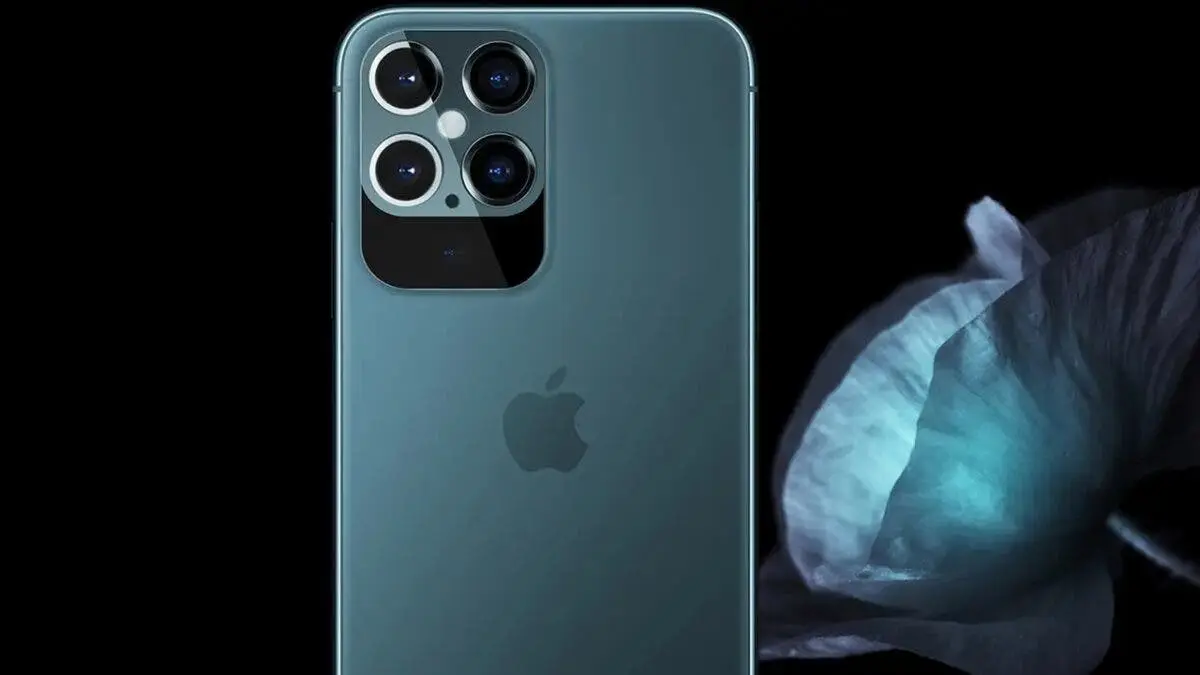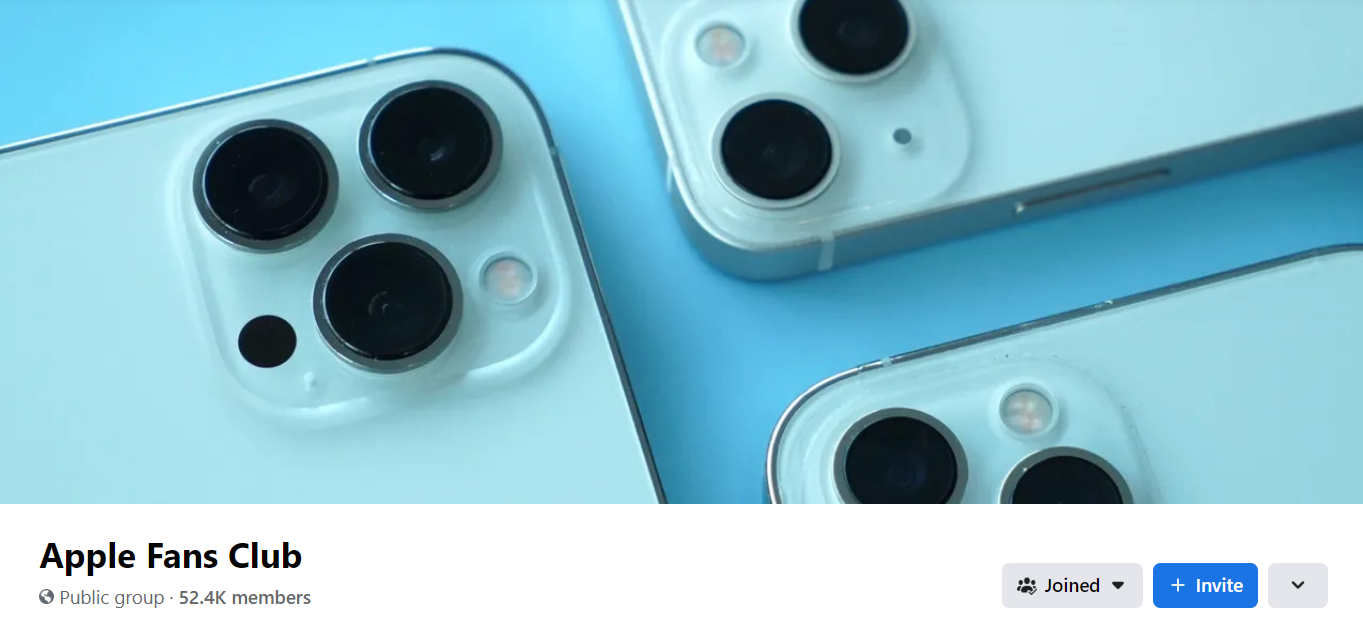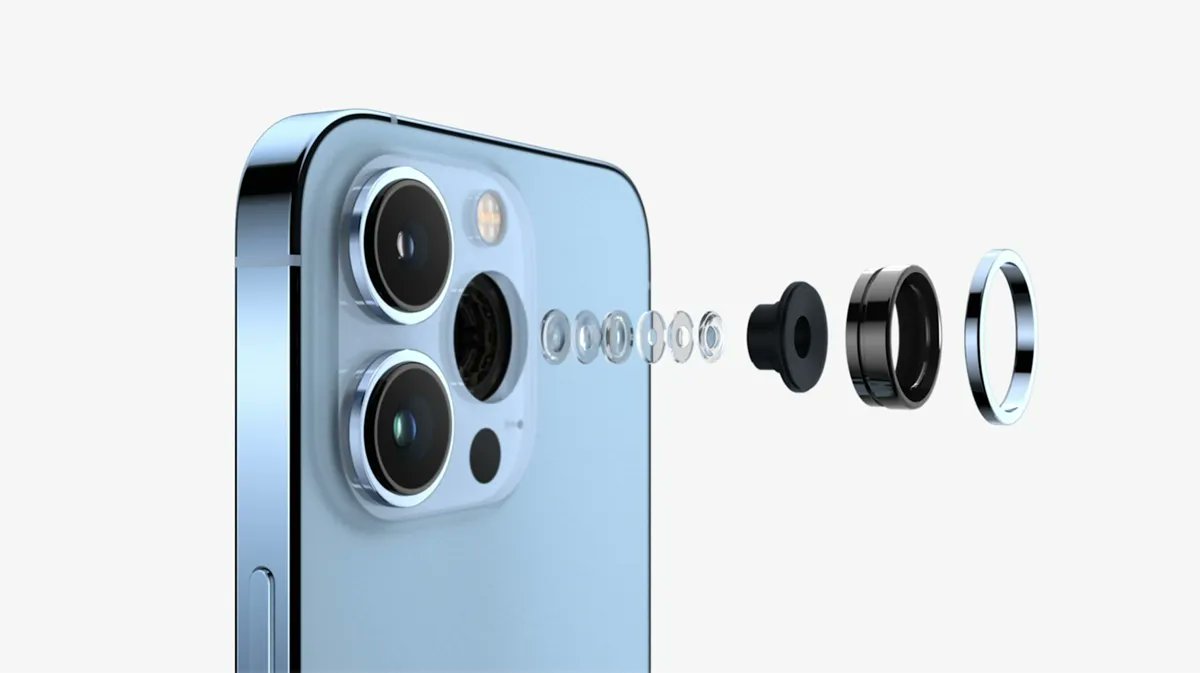Recently, iPhone 15 revelations have appeared one after another, and some are outrageous. Of course, there are also reliable revelations, such as analysts, supply chains, and revelators who have something to do with Apple’s executives. This has to mention Tianfeng International analyst Ming-Chi Kuo. His revelation accuracy is as high as 72.5%, which is almost an accurate one.
Top Apple Sources in 2022
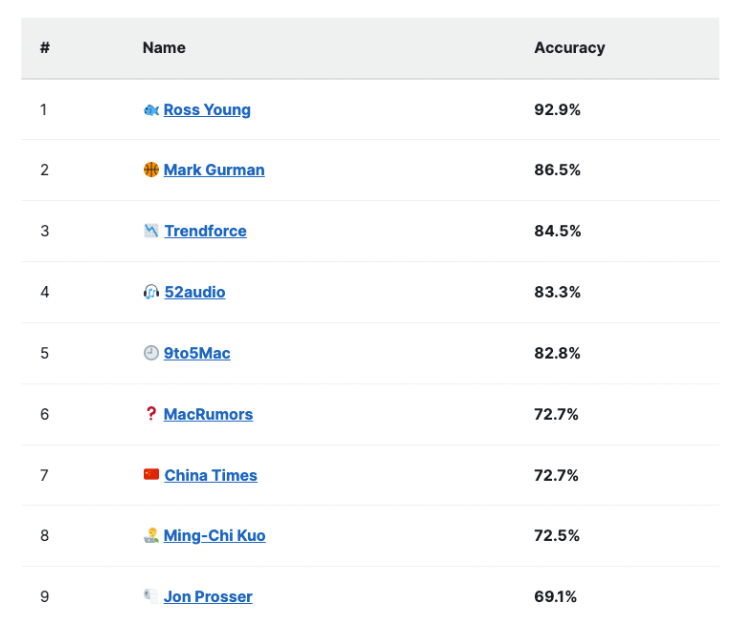
Ming-Chi Kuo tweeted in the United States that the iPhone 5 Pro/Pro Max 1 mobile phone will use a solid-state design to achieve the current evolution.
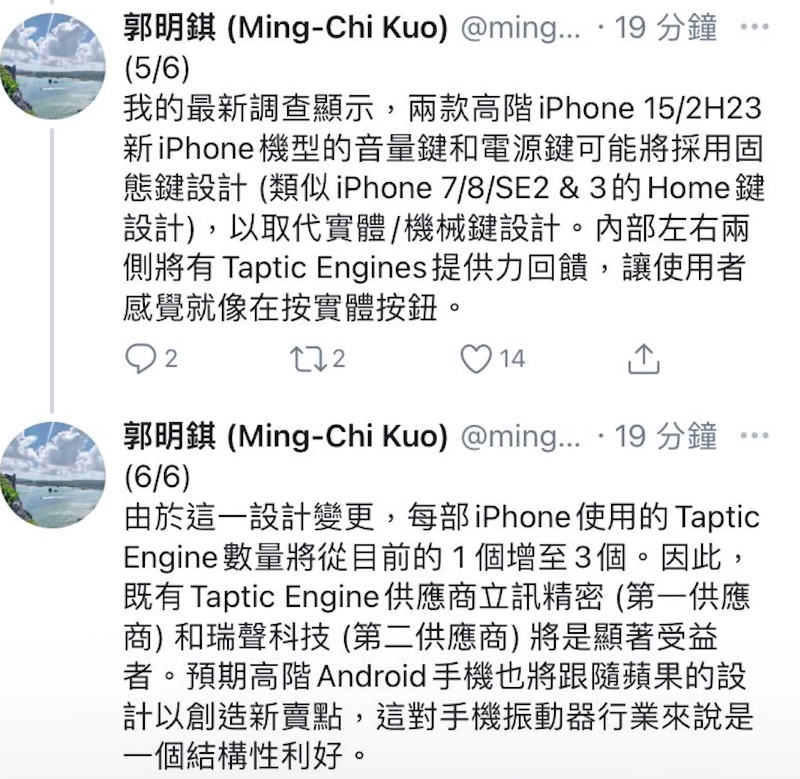
Eh? What are solid state buttons?
On our current iPhone, both the volume button and the power button can be pressed, right-clicked, clicked, clicked, which is a physical button, or a mechanical button.
And the solid-state button that Guo said is actually not a new thing. Just like the Home button on the iPhone 7 and later, there is feedback when you press it, but in fact it is not a real button, it just confuses you with realistic vibrations.
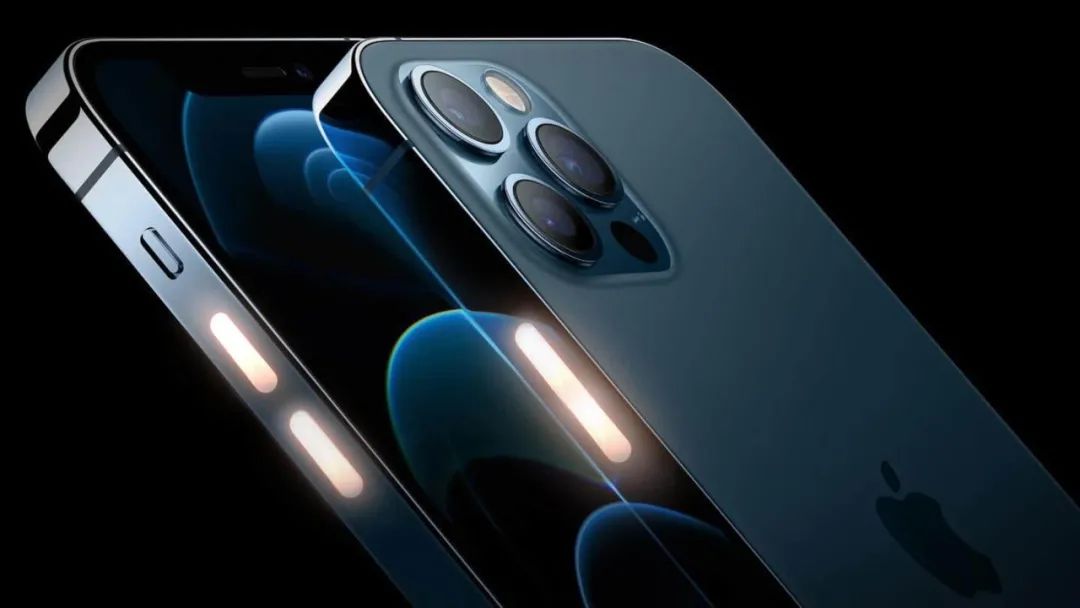
Speaking of the iPhone 15 Pro, after replacing it with solid-state buttons, the integration of the body is stronger. These buttons do not need to be slotted, and can only be achieved by adding two Taptic Engine motors inside.

In this way, the iPhone 15 Pro has almost no other openings except for the bottom charging port, and it is one step closer to its “non-porous” goal.
However, the solid-state button may be used as a marketing selling point for the 15 Pro, and the standard iPhone 15 is still an ordinary mechanical button. According to Cook’s precise knife method, it is entirely possible to do this.
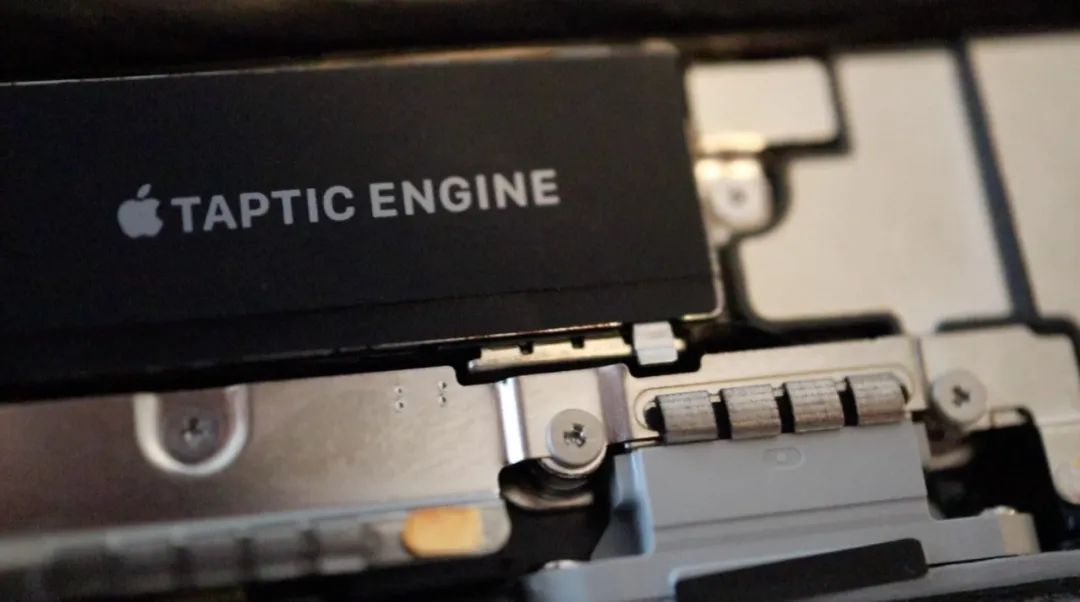
In addition, due to pressure from the European Union, Apple is likely to switch to the USB-C interface on the iPhone 15 series.
However, switching to USB-C doesn’t necessarily mean faster transfer speeds. Let me give an example. The iPad 10, which was launched a few days ago, replaced the USB-C interface, but its C and other iPads and Macs can only be said to be the same in appearance, and there are big differences in the interior.
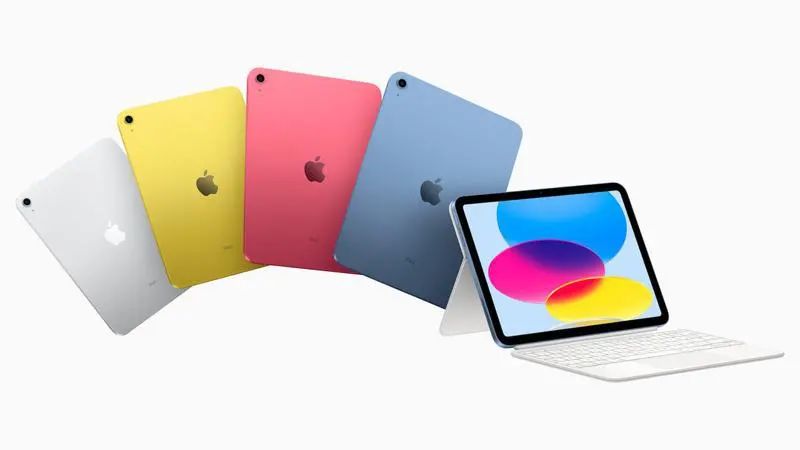
According to The Verge’s review, the data transfer speed of the iPad 10’s USB-C port is limited to the 480 Mbps that USB 2.0 can support. This means that despite the USB-C port, the data transfer speed of the 10th-generation iPad is the same as that of the ninth-generation iPad with the Lightning port.
The same is true for the iPhone 15: even if the USB-C port is changed due to regulations, the iPhone 15 standard version is just a change of soup, and the speed remains the same; only the iPhone 15 Pro series will have a data transmission speed of up to 40Gbps Thunderbolt 3 protocol.
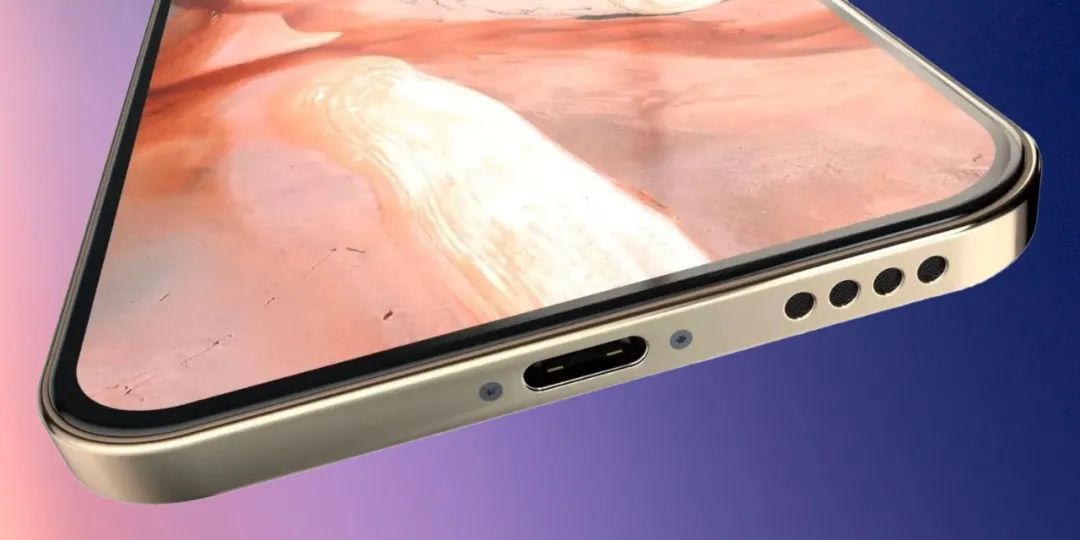
Read more articles: https://www.facebook.com/RedTomElectronics/
If you have more ideas to discuss with us, welcome to join our Apple Fans Club on Facebook.

